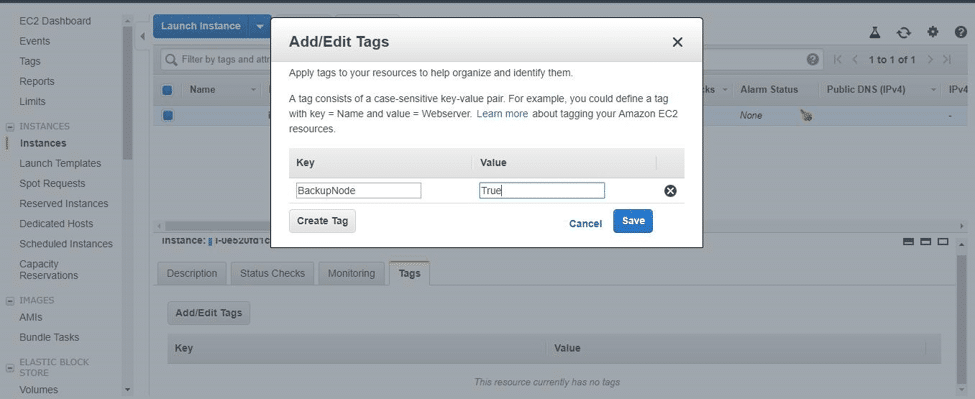
GetTagValues – Get all tag values for a specified tag key. GetTagKeys – Get a list of all of the unique tag keys used in your account.

GetResources – Get a list of resources, with optional filtering by tags and/or resource types. UntagResources – Remove tags from up to 20 resources at a time. TagResources – Add tags to up to 20 resources at a time. With these new API functions, you are now able to operate on multiple resource types with a single set of functions. The Resource Tagging API that we are announcing today gives you power to tag, untag, and locate resources using tags, all from your own code. To learn more about this feature, read Resource Groups and Tagging for AWS. Then I can create a resource group that contains all of the resources that are tagged with P100:Īfter I have created the resource group, I can locate all of the resources by clicking on the Resource Groups menu: Then I enter a value for each instance (the new ProjectCode column): For example, I can select a long list of regions and then search them for my EC2 instances like this:Īfter I locate and select all of the desired resources, I can add a new tag key by clicking Create a new tag key and entering the desired tag key: I already have the ability to find and then tag AWS resources using a search that spans one or more regions. Recap: Console-Based Resource Group Operationsīefore I get in to the specifics of the new API functions, I thought you would appreciate a fresh look at the console-based grouping and tagging model.

You now have programmatic access to the same resource group operations that had been accessible only from the AWS Management Console. You can use these APIs from the AWS SDKs or via the AWS Command Line Interface (AWS CLI). Today I am happy to announce that our new Resource Tagging API is now available. For example, we have added support for tagging during Auto Scaling, the ability to use up to 50 tags per resource, console-based support for the creation of resources that share a common tag (also known as resource groups), and the option to use Config Rules to enforce the use of tags.Īs customers grow to the point where they are managing thousands of resources, each with up to 50 tags, they have been looking to us for additional tooling and options to simplify their work. Over the past couple of years we have been working to make tagging more useful and more powerful. See details.ĪWS customers frequently use tags to organize their Amazon EC2 instances, Amazon EBS volumes, Amazon S3 buckets, and other resources. September 8, 2021: Amazon Elasticsearch Service has been renamed to Amazon OpenSearch Service.


 0 kommentar(er)
0 kommentar(er)
